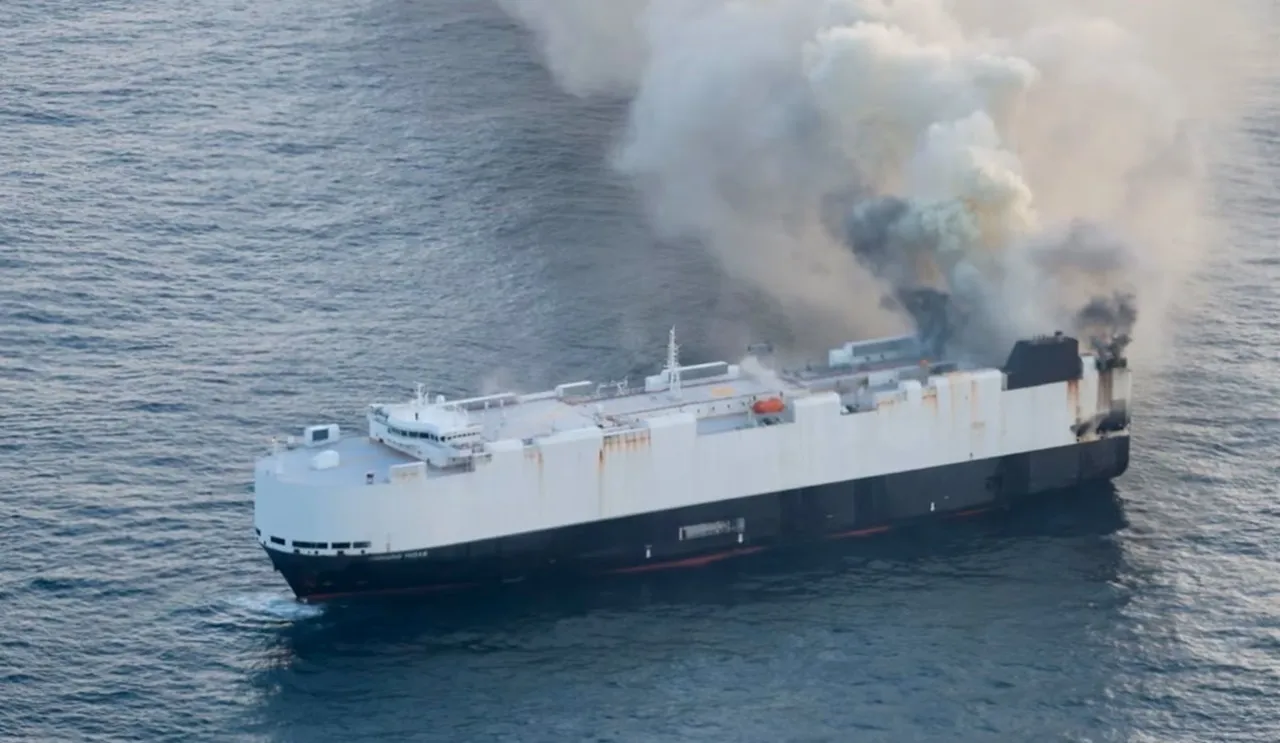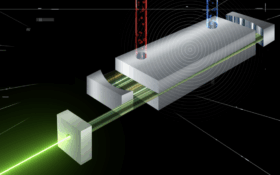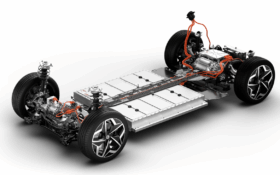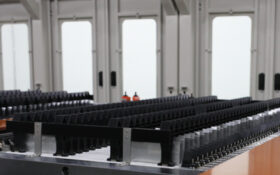KULR Technology Group and astroid-mining start-up AstroForge have partnered to develop a custom 500Wh lithium-ion battery pack for space missions.
The new pack will be based on the KULR ONE Space (K1S) technology, and include KULR’s established modules and NASA JSC 20793-compliant architectures.
The cells in the K1S are built using a silicon anode from battery firm Amprius. The NASA-approved cells are validated under WI-37 screening processes, and are paired with KULR’s Battery Management System.
This partnership highlights the growing demand for high-performance battery systems for space-ready applications. The space market is expected to grow to $6.35 billion by 2030, according to strategic management firm Virtue Market Research.
KULR’s original K1S platform (the newest version is the third iteration) was launched as a commercial off-the-shelf lithium-ion battery series fully compliant with NASA’s safety standards.
KULR specialises in energy storage solutions for space, aerospace, and defence applications. It has an in-house battery design team, a cell and battery testing suite, and battery fabrication and production capabilities.
In April, KULR was awarded $6.7million by the Texas Space Commission to aid the development of cold-temperature lithium-ion batteries to be used in Lunar and Martian missions.
KULR will manage the design, testing, and production of lithium-ion cells using liquefied gas (LiGas) electrolyte from South 8 Technologies. The cells will be designed to operate down to -60°C and be integrated into the K1S platform.
KULR’s Webster, Texas facility will serve as the engineering and test hub for the project. The facility is located close to NASA’s Johnson Space Center.
The money is part of a $26 million grant award by Texas Space Commission to strengthen the state’s leadership in space exploration and technology.
In March, KULR announced that a prominent private US space company had acquired its NASA-certified M35A battery cells for integration into their spaceflight programs.
The M35A cells are designed to meet NASA’s 20793 standards, while offering an energy density of 214 watt-hours per kilogram at C/20 and -20°C.
Photo credit: KULR












